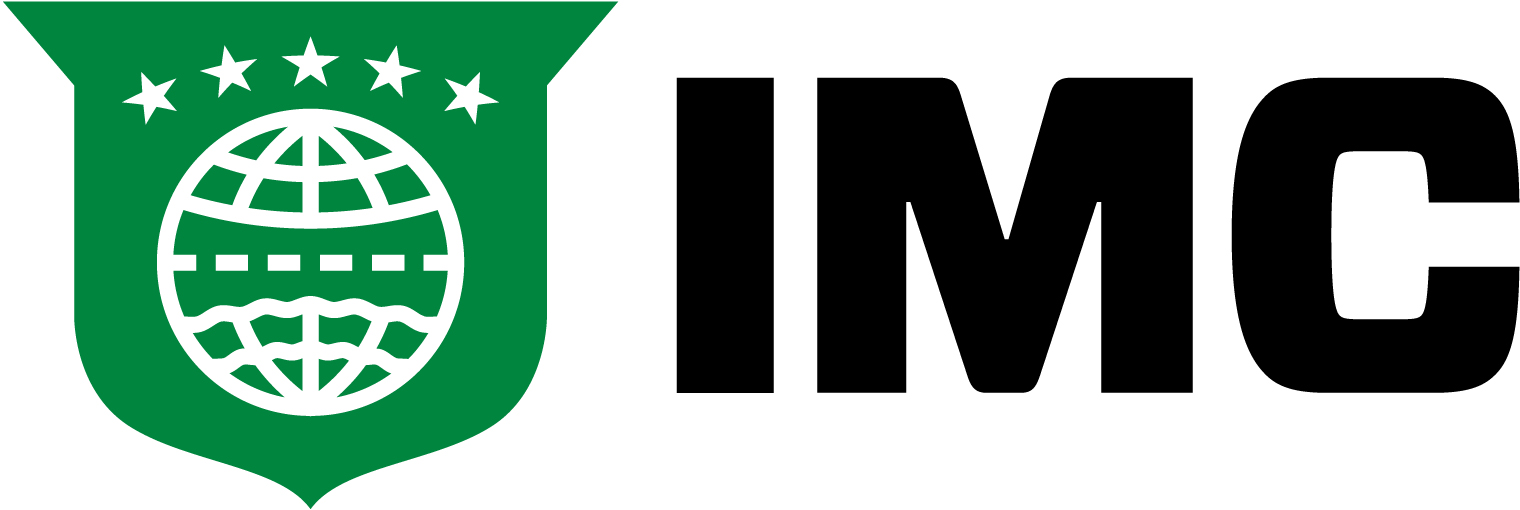IMC WHITE PAPER
Managing Your Supply Chain In California
Presented by IMC Logistics, LLC
1. Intro
Managing your supply chain in California can be a daunting task. With the recent implementation of AB5, Advanced Clean Fleets and Indirect Sourcing Rules, along with the zero carbon neutrality laws for truck fleets, it’s important to stay up-to-date on the latest regulations. IMC is the expert in managing your supply chain in California and can help navigate these rules with you.
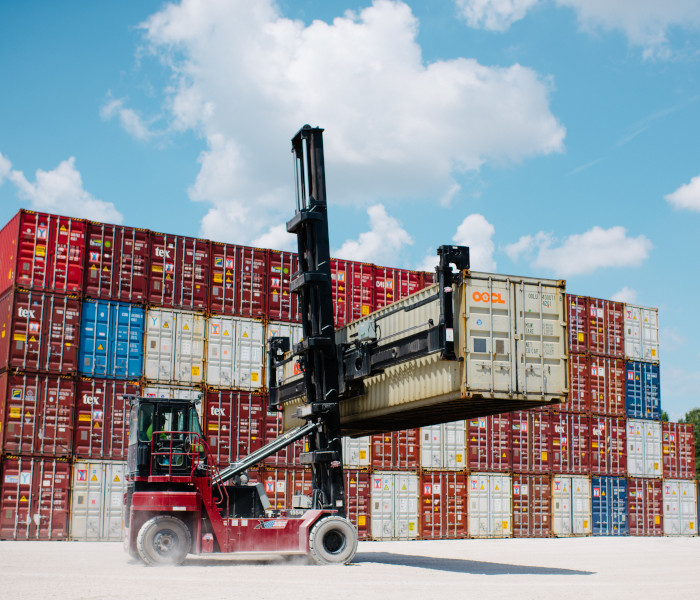
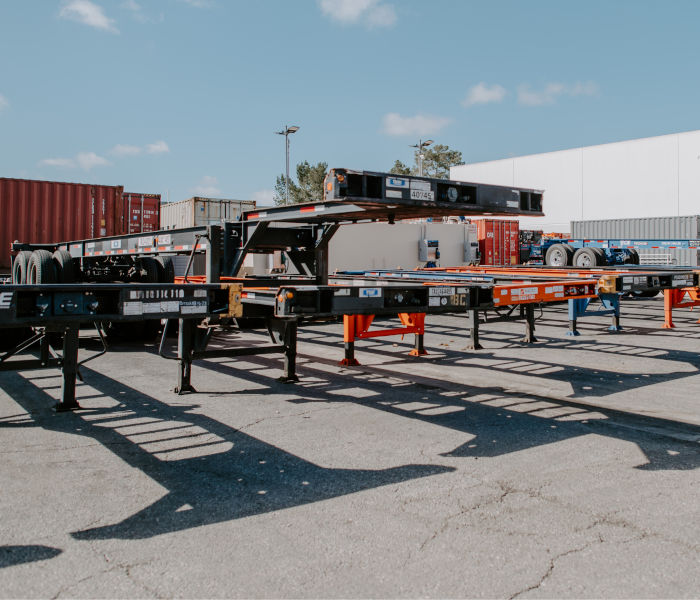
2. AB5
AB5 Rules
California’s Assembly Bill 5, which requires many workers previously treated as independent contractors be classified as employees, is in full effect, and those not in compliance are subject to enforcement actions. The law applies to carriers, shippers and brokers operating in the state, but many companies have yet to comply, leaving them open to fines and potential lawsuits.
“I’m afraid there are people who aren’t taking this seriously, but you need to pay attention now,” said Jim Gillis, president, IMC Pacific Region “Every day you’re not in compliance is another day of exposure.”
Complying with AB5
There are still companies doing business in California that rely on the independent contractor model, but the only true way to comply with AB5 is with an employee model. Anything else creates risk.
A worker is considered an employee and not an independent contractor unless the hiring entity meets all three conditions:
- The person is independent of the hiring organization in connection with the performance of the work, both under the contract for the performance of the work and in fact.
- The person performs work that is outside the hiring entity’s business.
- The person is routinely doing work in an independently established trade, occupation or business that is the same as the work being requested and performed.
Being labeled an independent contractor, signing an agreement stating that one is an independent contractor or being paid as an independent contractor does not determine employment status.
Ensuring Carrier AB5 Compliance
There are several steps companies can take to ensure carriers are complying with AB5 requirements. These include:
- Question who owns the equipment that will be delivering freight. If the carrier cannot prove it owns the equipment, it should be a red flag.
- Ask if employees receive a W2. If they receive a 1099, it is another red flag as this means they are not an official employee of the organization.
- Ensure companies are not relying on double brokering in which a load is brokered to one carrier, then brokered again to another carrier.
“You need to research who you’re doing business with and make sure your model is as clean as you think it is,” Gillis said, adding that some carriers are transitioning a portion of their business to a brokerage company and a two-check system. “That passes muster right now, but it is only a matter of time before the state attacks that.”
As a best practice, companies should not only research who they are doing business with but also keep track of the carriers moving their freight and their motor carrier numbers, even if they use a broker. “If you use a broker to move your cargo, you’re not immune from AB5,” Gillis said.
AB5 is already altering the face of drayage operations in the state. The impact has been muted due to lower cargo volumes in the California port gateways, but when cargo volumes return, the consumer will see the impact. Hundreds, if not thousands, of independent contractors have left the state due to AB5 while a smaller number are actively selling their tractors and transitioning to company driver positions.

Avoiding AB5 Enforcement Action
Enforcement action could come from the government or private attorneys who take up labor cases. In California, the Labor Code Private Attorneys General Act (PAGA) authorizes employees to file lawsuits to recover civil penalties on behalf of themselves, other employees and the State of California for Labor Code violations.
The California Trucking Association is tackling PAGA reform in conjunction with several business groups to curb the thousands of nuisance lawsuits that have hit businesses in the 19 years that PAGA has been in effect.
Some carriers are relying on goodwill and a belief that because they treat their employees well, they wouldn’t act. “There is danger in that. When you get an attorney in front of you and promises big bucks for doing nothing, you might change your mind,” Gillis said.
In addition to facing fines and fees, companies violating AB5 requirements could damage their brand reputation. “In today’s environment, you could have a bad wakeup call,” Gillis said.
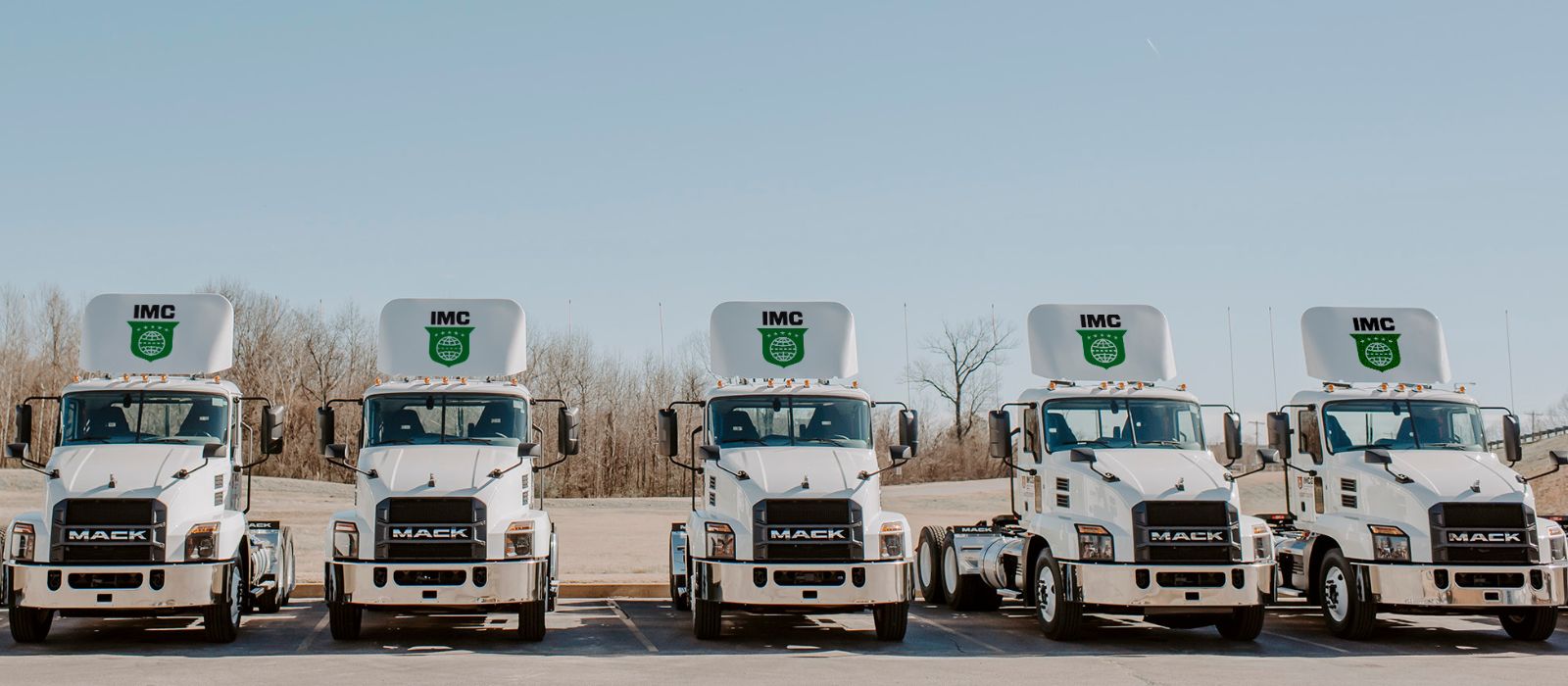
3. Indirect Sourcing Rule
Indirect Sourcing Rule (ISR)
Warehouse operators within the South Coast Air Basin are subject to new information gathering, recordkeeping and reporting requirements on the trucks servicing their locations. However, many operators still need to comply with the South Coast Air Quality Management District’s Warehouse Indirect Source Rule.
As part of the rule, which applies to portions of Los Angeles, Riverside and San Bernardino counties and all of Orange County, warehouse operators incur points obligations on a weighted basis based on their size. They must earn a specified number of points through emissions- reducing activities or pay mitigation fees.
“Every time a non-zero truck enters their facility, the penalty increases. If it is a clean truck, they get a credit. Warehouse operators can also get credits for other things they do, such as using solar power, electric forklifts and yard hostlers, and EV chargers,” Gillis said.
“They’re putting the onus on the warehouse operators in Southern California to monitor and record every truck coming in and out,” said Jim Gillis, president, IMC Pacific Region. “Anyone with a small beneficial cargo owner should be working today to gather that data and mitigate the penalty phase.”
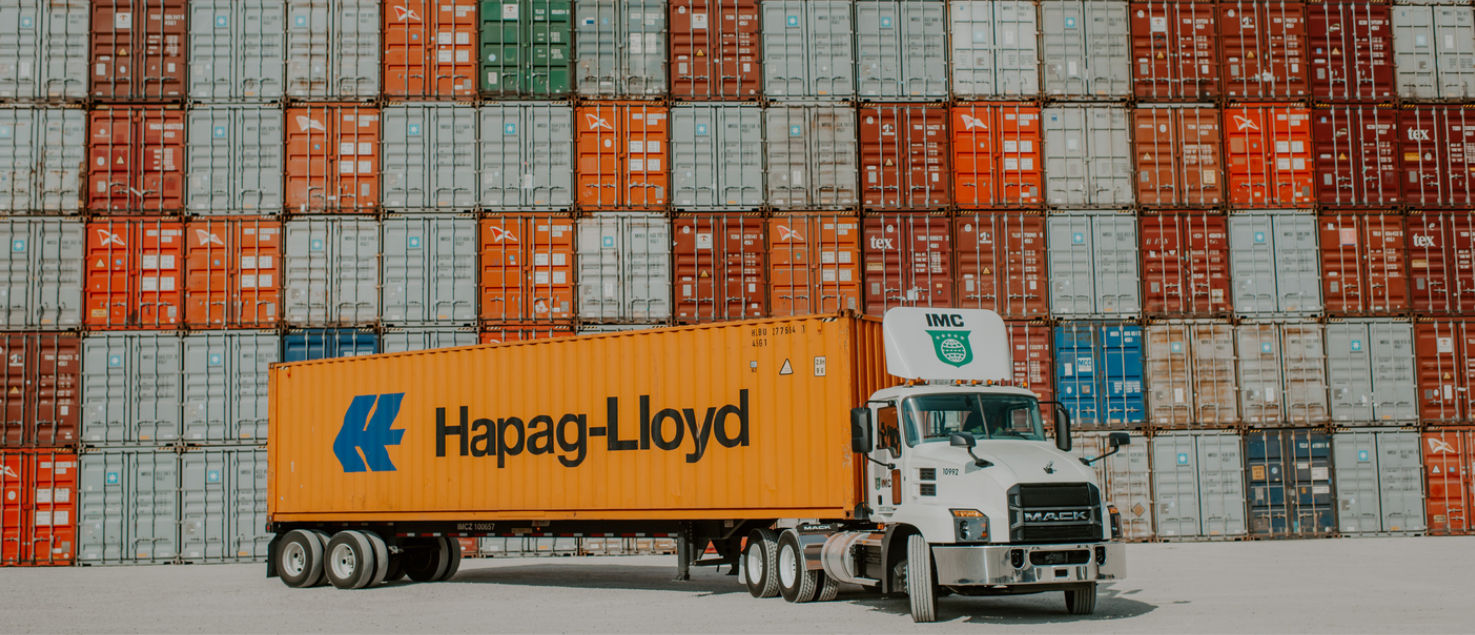
Air Basins in the SCAG Region
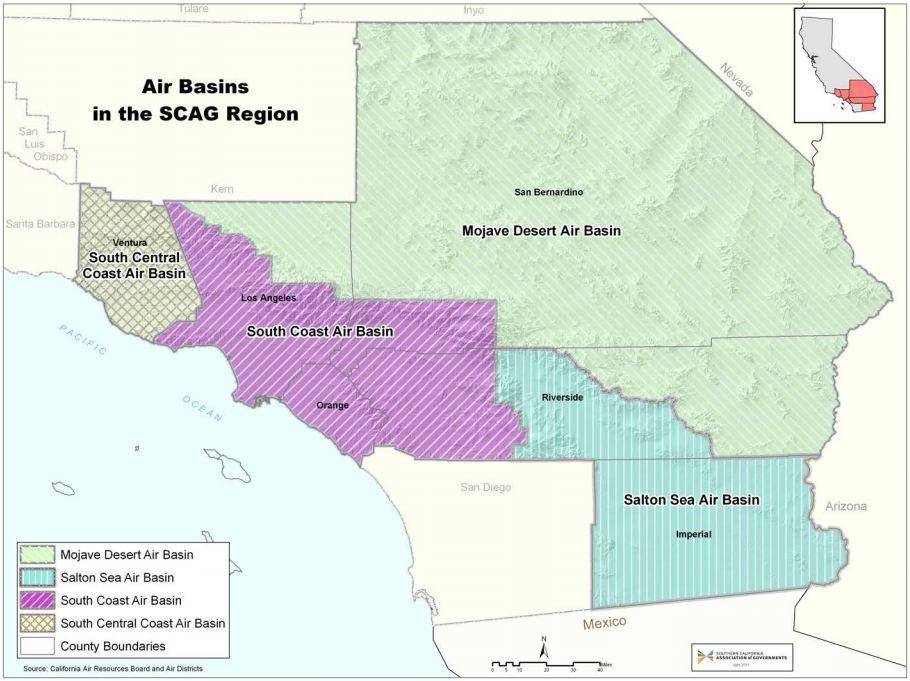
The initial compliance period started on Jan. 1, 2022, for warehouses 250,000 square feet or more and Jan. 1, 2023, for warehouses 150,000 feet or larger. Warehouses 100,000 square feet or more will have to comply beginning Jan. 1, 2024. However, several warehouse operators have yet to comply. “I’m encouraging everyone to read through ISR. The rule document is very long, and the obligations on the warehouse operator are enormous, ” Gillis said.
View the full ISR rulesHere. “They need to know who they’re doing business with and should initiate conversations about clean energy with fleets.”
The rule requires self-reporting. “If you don’t report and get caught, the fines are massive,” Gillis said. IMC can help operators secure point-earning opportunities, such as using electric yard hostlers and tractors.
IMC is closely monitoring ISR, as it applies today and possible expansions. “Even more worrisome is that the South Coast Air Quality Management District is now talking about expanding the indirect source rule program to ports and railroads,” Gillis said. “In the meantime, we have purchased some electric trucks and are now in the testing phase,” Gillis said. “We’re also purchasing hydrogen trucks, expected to arrive in early 2024, which are a little more viable for long-distance moves. We are also ramping up our transload capabilities in Southern California, which will help customers meet their ESG goals.”
4. Clean Trucks & Clean Feet
Clean Trucks & Clean Fleets
With the passage of the Advanced Clean Truck Rule, the state of California now requires that Original Equipment Manufacturers sell Zero Emissions Vehicles (ZEVs) or Near Zero Emissions Vehicles (NZEVs) as an increasing percentage of their annual sales from 2024 to 2035. This rule applies for all medium and heavy-duty vehicle manufacturers.
California also passed the Advanced Clean Fleets Rule, which requires trucking companies providing drayage services to adopt an increasing amount of Zero Emission Vehicles to their fleets. Further, only ZEVs will be added to the Port Drayage Truck Registry beginning January 1, 2024. By 2035, the law says that all trucks entering seaports or intermodal rail yards must be ZEVs by 2035.
In late December 2023, the California Air Resources Board (CARB) delayed the deadline for owners to finalize their Clean Truck reporting requirements until January 31, 2024. Further, CARB has announced it will not take any enforcement action against companies for Clean Fleet requirements while they await their U.S. Environmental Protection Agency (EPA) waiver. However, CARB did reserve the right to remove any trucks from the registry retroactively if any non-compliant vehicles are added. Despite the extended deadlines, compliance with CARB regulations is crucial.
Zero Emission Electric Vehicles
Building a sustainable drayage business means investing in sustainable equipment and emerging technologies. IMC has invested in Volvo VNR2, a second generation battery electric vehicle (BEV). IMC received a grant from California’s Hybrid and Zero Emission Truck and Bus Voucher Incentive Project (HVIP) that, coupled with a sizable investment from the company, enabled us to deploy these units in Southern California, where 60% of communities contend with air quality issues daily. Our goal is to replace all diesel tractors in California by 2028 with sustainable technologies, far ahead of the mandate of 2035.
Transitioning a fleet to Zero Emission Electric Vehicles is not without its drawbacks:
- Price: With an average purchase price of $440,000, these vehicles are very expensive compared to diesel tractors that average $147,000. Additionally, all grants are considered taxable income to the company.
- Range: When hauling a loaded forty-foot container, electric vehicles have a range of about 165 miles before needing to be charged. Compared to a typical diesel tractor with a range of 600 miles, this drastically diminishes the working time for the driver and the truck.
- Weight: Electric tractors weigh, on average, 10,000 pounds more than their diesel counterpart. The State of California does grant a 2,000 pound waiver, but overall these vehicles do come with an 8,000 loss in payload.
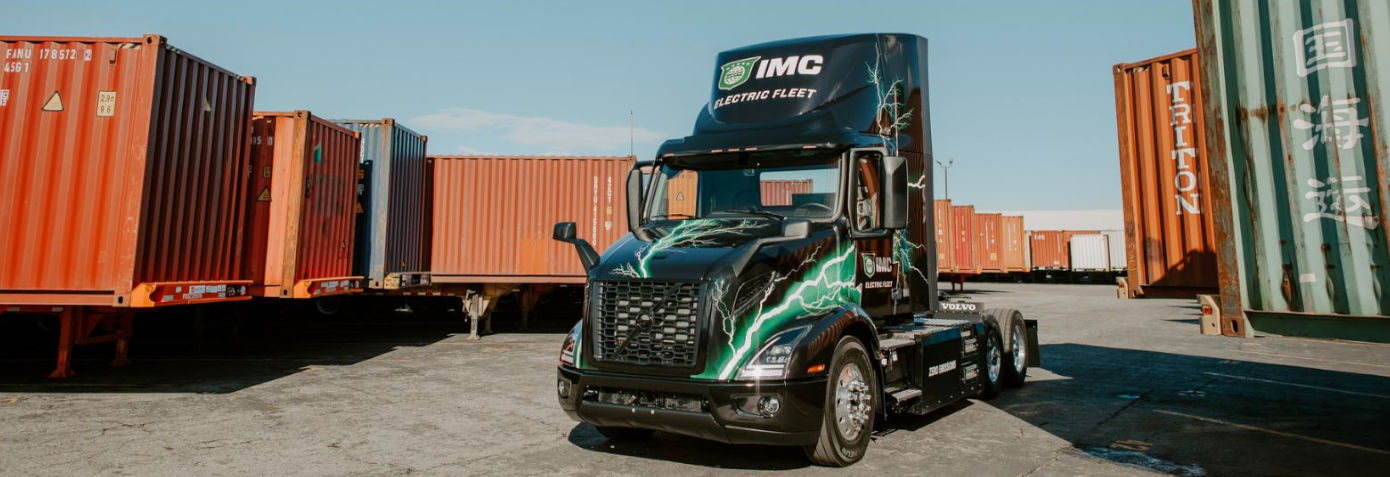
Supporting BEVs in your California Facility
Electric charging infrastructure is currently being installed in IMC’s Compton, CA facility to facilitate usage of these six ZEV’s along with future ZEV acquisitions. In addition to our Class 8 BEV deployment, IMC has taken an aggressive stance with facility improvement, both in warehouse operations as well as general electrical savings. All IMC facilities in California have been upgraded to both interior and exterior LED lighting to dramatically reduce energy consumption.
The IMC transload facility located in Compton has converted to an all-electric forklift model and has also recently received a CORE (Clean Off-Road Equipment) grant to facilitate the purchase of a Battery Electric Yard Hostler. We’re proud that our Compton facility is powered by 100% Renewable Energy and completely carbon neutral.
Currently, California is not on track with electrical infrastructure improvements. In fact, the state has experienced stress to their electrical grids during times of high usage due to extreme heat. As such, planning for charging electrical vehicles is crucial.
To support the charging of our ZEVs, IMC was the recipient of a Jump Starting funding grant. This grant has allowed us to install a system of chargers for our electric tractors with internal battery storage. This allows our team to charge the tractors at any time, regardless of electrical grid status. The charging stations then replenishes itself when the grid stress is the least, making the cost of electricity the cheapest as well.
Future Developments
The next emerging technology after electric vehicles are hydrogen-fueled tractors. IMC has purchased 50 hydrogen tractors, the first of which are due to arrive in early 2024. These tractors are lighter and allow for a longer range than the electrical trucks, up to 500 miles before refueling.
In addition to the hydrogen and electrical zero-emission vehicles, IMC has added 117 diesel tractors with emission reduction technology. This blended approach allows IMC to provide sustainable drayage solutions in California, while meeting the capacity needs of our customers.
As the largest marine drayage provider in the nation and a global thought leader in the industry, it is incumbent upon us to operate in a manner that protects the environment and enables longevity for all involved in the supply chain - from shippers to end users and beyond. It is our intent to be the gold standard in the industry when it comes to sustainability. We believe so much in the power of drayage that we want to practice it in a way that enables it to continue indefinitely.


